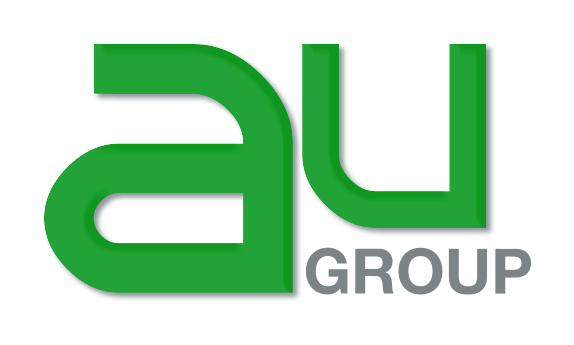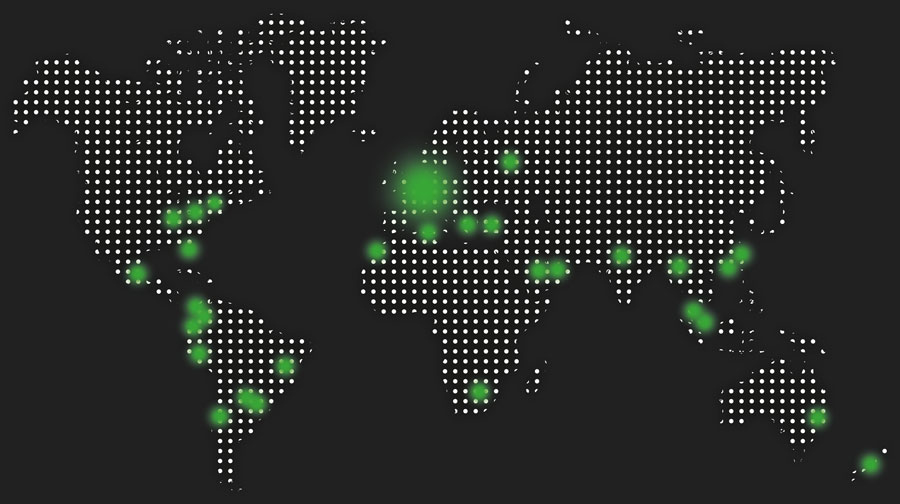
Economic Overview of South Africa
For many entities in South Africa, 2017 was a difficult year, riddled with political instability, Junk Status and a weakening ZAR.
Exports as well as imports have slowed, with a -1.4% and -2.6% overall change compared to 2016. Even with our record maize harvest, Agriculture had a percentage change of -11.1% comparing Nov ’16 to Nov ‘17. “Ores and Minerals” remains the main export of SA with an 11% change from Nov 2016 to Nov ’17. Overall, the strongest exporting month was October and November for imports. Due to the maize harvest, mining and manufacturing we saw a 2% growth in the economy in the third quarter; however, rising unemployment and the political developments drove down the predicted 2.8% from the second quarter.
Tourism is still a growing industry with the highest increase in tourists coming from France by a massive 14.5% increase comparing 2016 to 2017. In second place is Germany, with a 7.2% increase.
GDP forecast growth rate for South Africa in 2018 is at a conservative 1.1%, keeping in mind the improving but still fragile political risks and a rising unemployment rate.
Insolvency Trends & Credit Insurance in South Africa
Looking back at the Liquidation and Insolvency statistics we see a decrease of 5.3% in Company liquidations when comparing 2016 to 2017, which is positive. But – when speaking to the local Credit Insurers, the message is clear, the size of defaults in increasing in ZAR value.
We are finding that “safe” blue-chip companies are not immune to cash flow issues and defaults. This has a lot to do with the economic climate and the effect politics in the country has on the economy. As discussed in the previous section, the slowing of imports and exports affects the entire economy regardless of the size of the entity.
This has affected the pricing models of most insurers, seeing a rise in credit limit costs being passed onto the client. The need for updated financial information is more vital given the trend that has emerged over the past few years. Strict controls have been implemented to foresee and mitigate risks prior to claim stage and, in some cases, a bi-annual review of management accounts has been implemented.
We focus heavily on credit control training and best practises being implemented with clients. This has allowed 90% our policy holders to not be affected by price increase reviews due to bad performance. It is imperative that companies remain vigilant, and incorporate financial information gathering and the communication thereof with their insurer as part of the account opening process. The training of sales staff in this regard has become a focal point for many companies in order to avoid unprofitable clients.
We have seen many policyholders commit themselves to obtaining higher quality information from their debtors and open more effective communication channels with their insurers. This new culture should allow a more effective loss prevention from insurers and overall help the economy grow and keep driving down liquidations.
Summary
2017 had many struggles, but the outlook for 2018 remains positive, although the hardships are far from over. The welcomed change of the South African president has resulted in new local and foreign investment in the country. The Rand has strengthened since the change and confidence is growing. Our challenges are now creating investor confidence in the face of Land Redistribution without compensation (a hot topic that still has no concrete strategy behind its implementation), and improving GDP to grow at a rate greater than the unemployment and population growth rates. Companies are still confident that they can achieve growth, both domestically as well as in the export markets. Insurers, clients and Brokers are all adapting to the changes in the market with the same goals in mind: safe and constant growth.
- Statistical information found on statssa.gov.za

